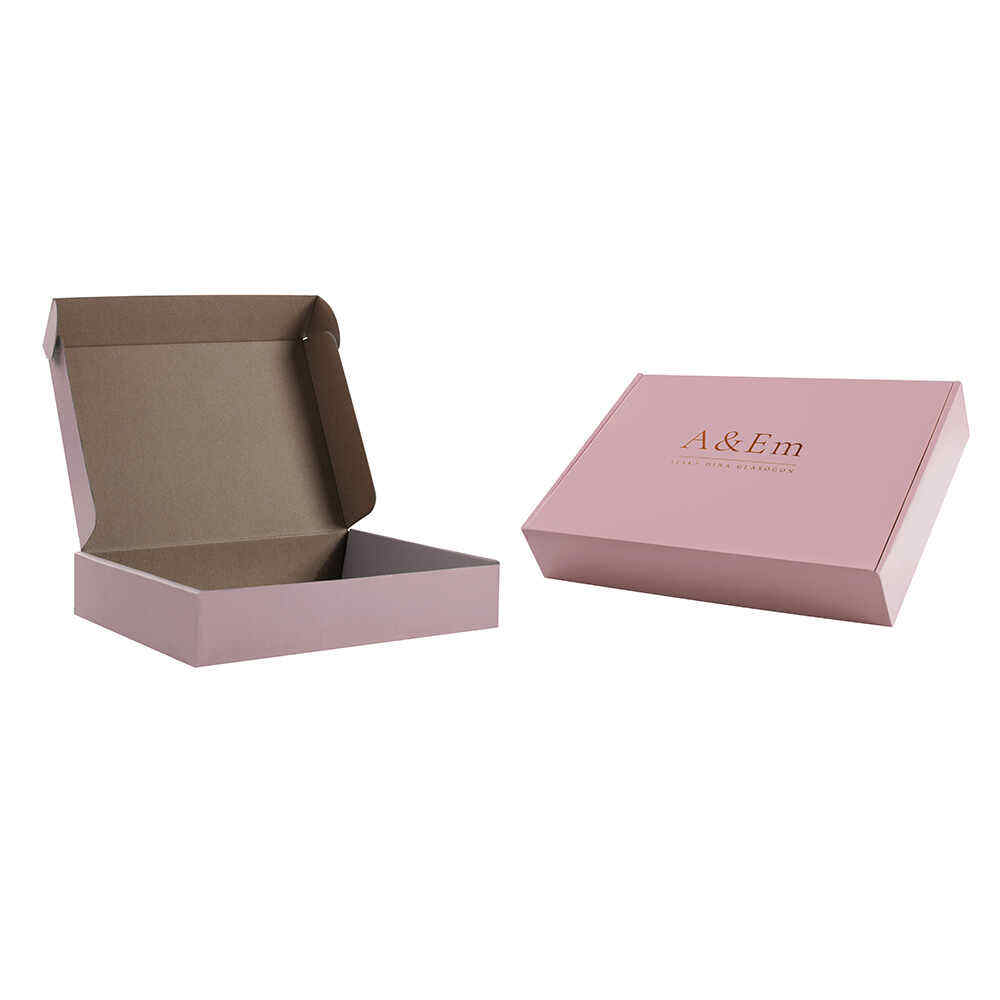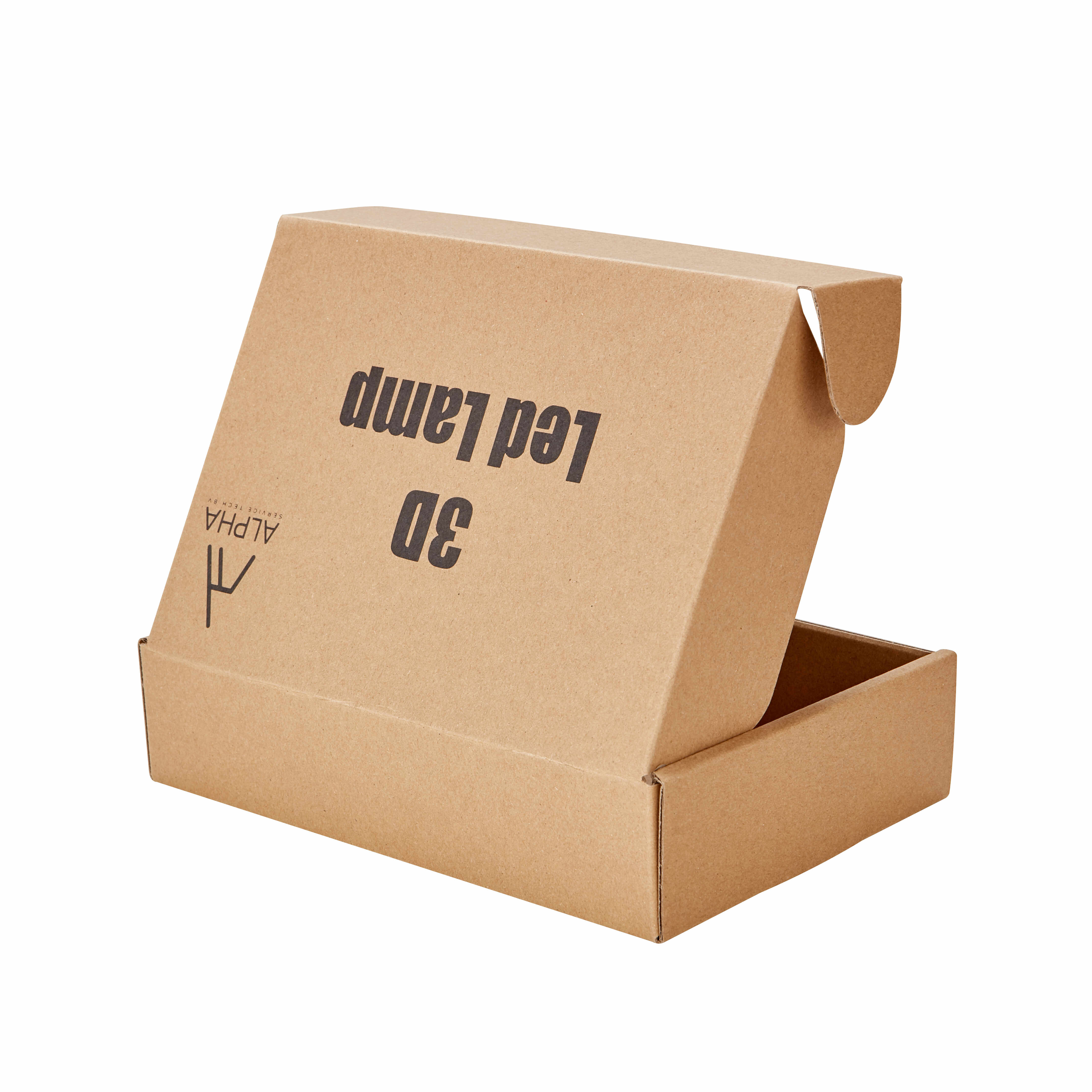The Psychology Behind Product Packaging Design
In today's competitive retail landscape, creative packaging has emerged as a silent but powerful salesperson. The way a product is presented through its packaging design can trigger emotional responses, create memorable brand experiences, and ultimately drive purchasing decisions. From the moment a consumer spots a product on the shelf to the final decision to buy, packaging plays a crucial role in the customer journey.
Research shows that consumers make up to 85% of their purchasing decisions while standing in front of the shelf, and creative packaging serves as the primary influencer in these split-second choices. The strategic use of colors, shapes, materials, and messaging can capture attention, communicate value, and create an instant emotional connection that transforms browsing into buying.
Elements of Impactful Package Design
Visual Appeal and Brand Identity
The visual elements of creative packaging work together to create a strong brand identity that resonates with target consumers. Color psychology plays a fundamental role - blue often conveys trust and reliability, while green suggests eco-friendliness and natural ingredients. Typography, imagery, and logo placement must align with the brand's personality while ensuring easy readability and recognition.
Successful brands understand that consistent visual elements across their product line help build brand recognition and trust. When consumers can quickly identify your products through distinctive packaging design, it reduces decision-making time and increases the likelihood of repeat purchases.
Functional Innovation and User Experience
Beyond aesthetics, creative packaging must enhance the user experience through innovative functionality. Smart packaging solutions that offer convenience, portion control, or extended shelf life can significantly influence purchasing decisions. Features like resealable openings, ergonomic shapes, or sustainable materials demonstrate value and consideration for consumer needs.
Consider how unboxing has become a crucial part of the product experience, especially in premium categories. Thoughtful packaging design can transform a simple act of opening into a memorable moment that reinforces brand value and encourages social sharing.

The Role of Sustainability in Modern Packaging
Eco-Friendly Materials and Design
Environmental consciousness has become a major factor in consumer decision-making, making sustainable creative packaging essential for brand success. Using recyclable materials, minimizing packaging waste, and clearly communicating environmental benefits can significantly impact purchasing choices. Brands that demonstrate genuine commitment to sustainability through their packaging choices often enjoy stronger consumer loyalty and positive brand perception.
Innovative eco-friendly packaging solutions, such as biodegradable materials or refillable containers, not only appeal to environmentally conscious consumers but can also lead to cost savings and improved supply chain efficiency. The key is to balance sustainability with protection and presentation of the product.
Clear Environmental Communication
Effective creative packaging must clearly communicate its environmental credentials without falling into the trap of greenwashing. Using standardized recycling symbols, providing clear disposal instructions, and transparently sharing the environmental impact of packaging materials helps build trust and influences conscious consumers' buying decisions.
Brands that successfully integrate sustainability into their packaging strategy often see increased market share and customer loyalty, particularly among younger demographics who prioritize environmental responsibility in their purchasing decisions.
Digital Integration and Smart Packaging
Interactive Elements and Technology
Modern creative packaging increasingly incorporates digital elements to enhance consumer engagement and provide additional value. QR codes, augmented reality features, and NFC technology can transform packaging into an interactive experience that provides product information, usage instructions, or entertainment value.
Smart packaging solutions can also include temperature indicators, freshness monitors, or authentication features that provide practical benefits while differentiating products on the shelf. These technological innovations not only influence initial purchase decisions but can also drive long-term brand engagement.
Data Collection and Consumer Insights
Digital integration in creative packaging enables brands to gather valuable consumer data and insights. Through connected packaging experiences, companies can track user interaction, collect feedback, and better understand consumer behavior. This information helps refine packaging strategies and product development to better meet consumer needs.
The ability to provide real-time information and personalized experiences through smart packaging technology creates new opportunities for brand engagement and customer relationship building.
Cultural and Market-Specific Considerations
Regional Preferences and Cultural Sensitivity
Successful creative packaging must consider cultural nuances and regional preferences that influence buying decisions. Colors, symbols, and design elements that resonate in one market might have different or negative connotations in another. Understanding these cultural differences is crucial for global brands seeking to maintain consistent brand identity while adapting to local sensibilities.
Market research and local consumer insights should guide packaging decisions to ensure cultural relevance and maximum impact on purchasing behavior. This might include adjustments to size, format, or messaging to better align with local customs and preferences.
Market Position and Competition
Creative packaging plays a crucial role in positioning products within their market segment. Premium products often utilize sophisticated materials and finishes to justify higher price points, while value brands focus on efficiency and clear communication of benefits. Understanding the competitive landscape helps brands develop packaging that stands out while meeting category expectations.
Effective differentiation through packaging design can help products command premium prices and capture market share, particularly in crowded categories where product attributes may be similar.
Frequently Asked Questions
How does color psychology affect packaging design and consumer behavior?
Color psychology in creative packaging plays a significant role in influencing emotions and purchase decisions. Different colors evoke specific psychological responses - red creates urgency and excitement, blue builds trust, and green suggests health and nature. Brands carefully select color schemes that align with their messaging and target audience preferences to create maximum impact at the point of purchase.
What role does sustainable packaging play in consumer decision-making?
Sustainable packaging has become increasingly important in consumer decision-making, with many shoppers actively seeking products with eco-friendly packaging solutions. Studies show that consumers are willing to pay more for products with sustainable packaging, and brands that demonstrate environmental responsibility through their packaging choices often see increased customer loyalty and market share.
How can brands measure the effectiveness of their packaging design?
Brands can measure packaging effectiveness through various metrics including sales data, consumer feedback, eye-tracking studies, and A/B testing. Digital integration in creative packaging also enables tracking of consumer interaction and engagement. Regular market research and consumer surveys help brands understand how their packaging influences purchase decisions and brand perception.


